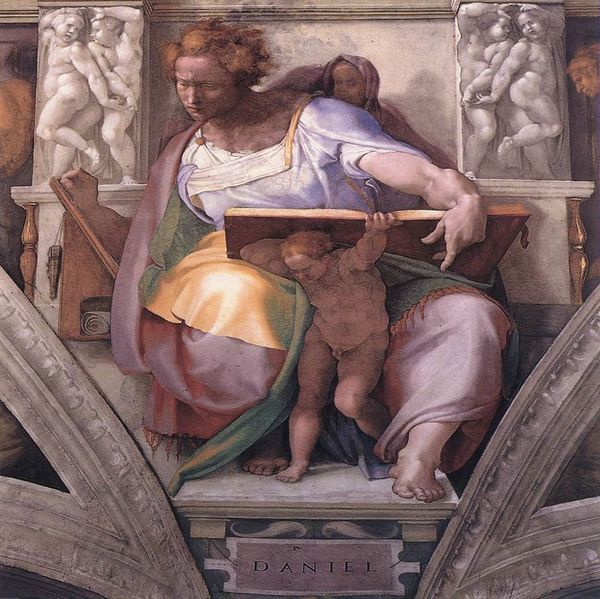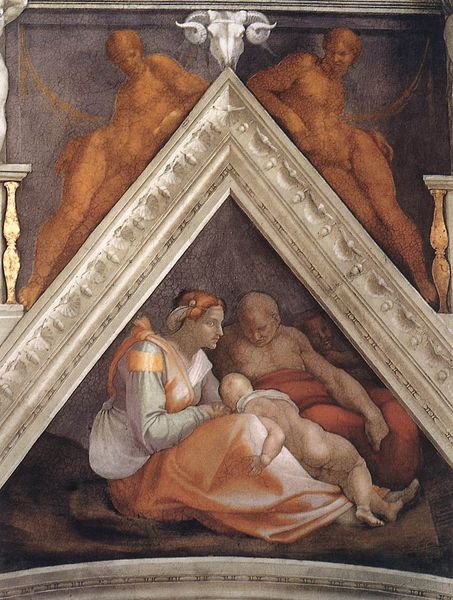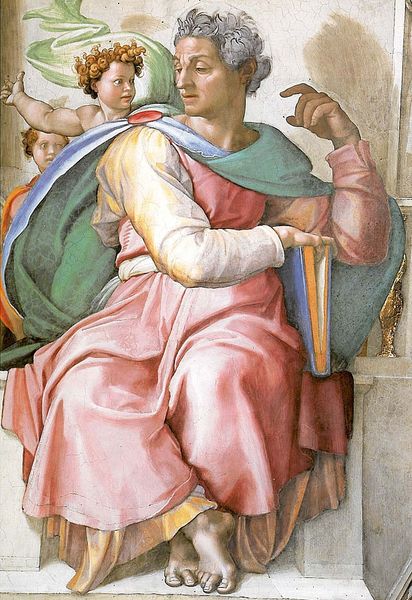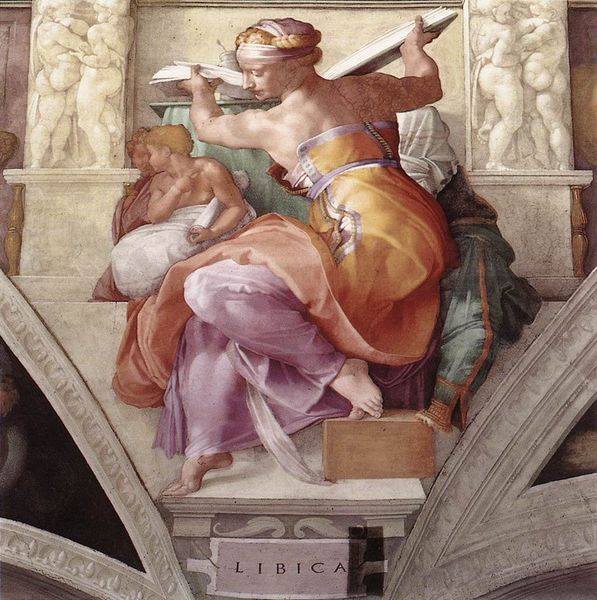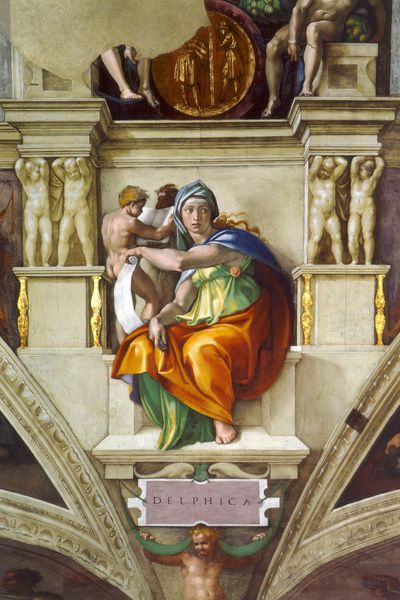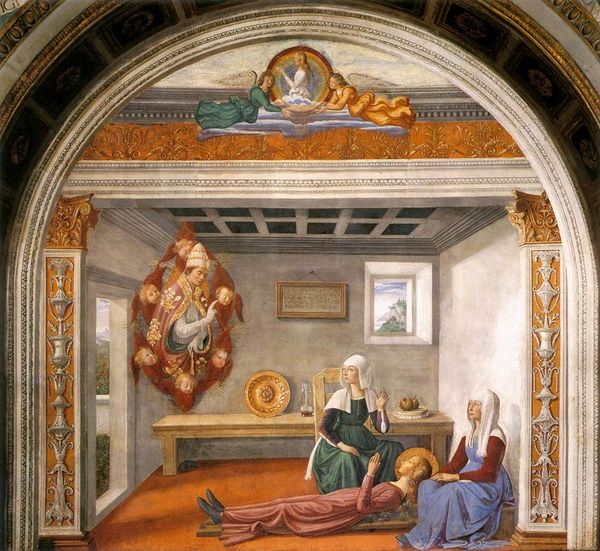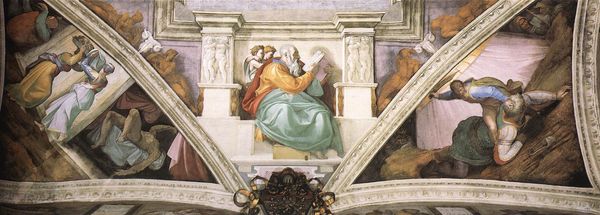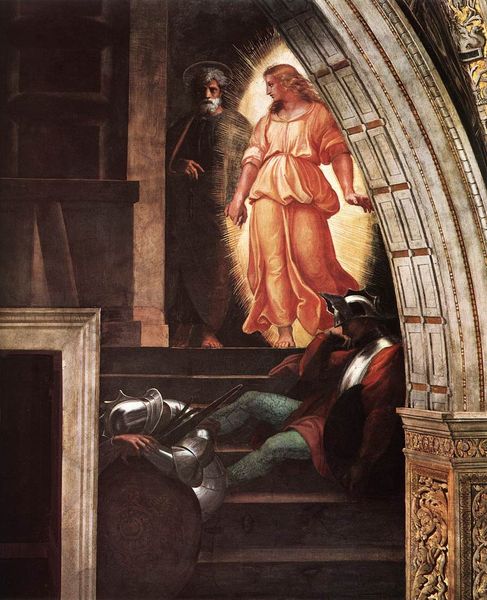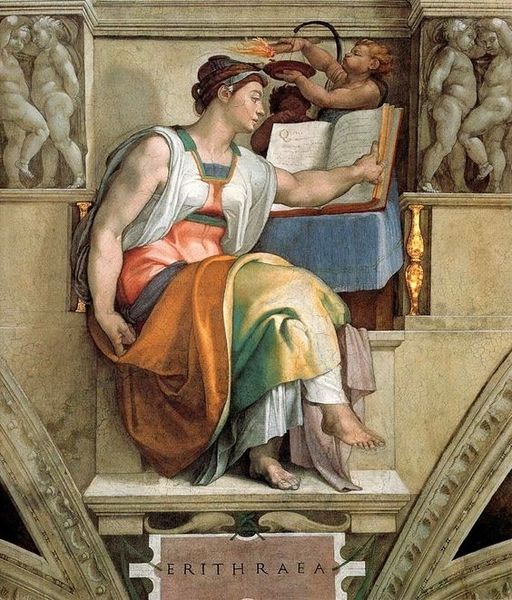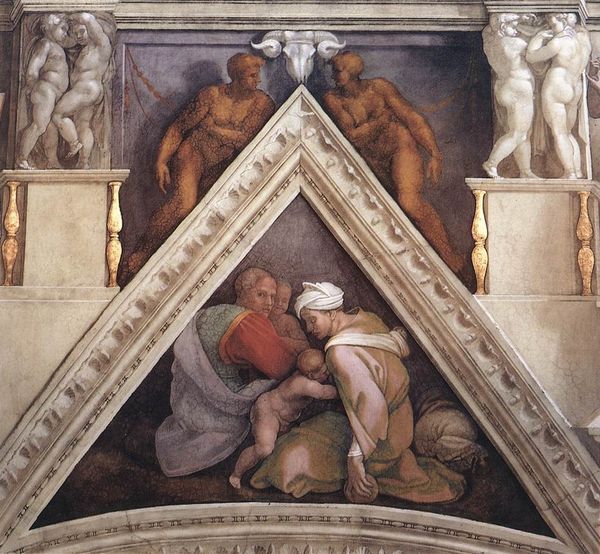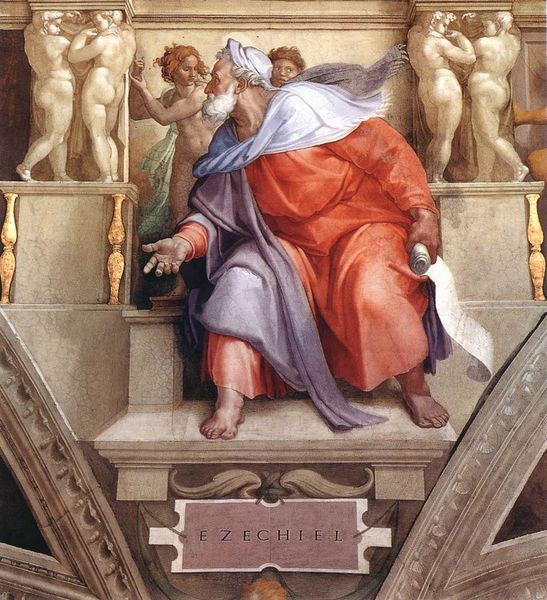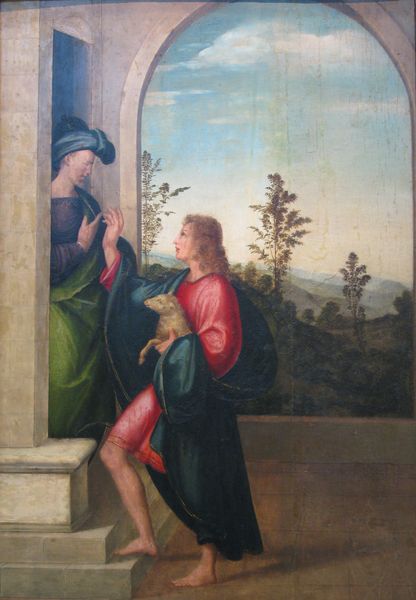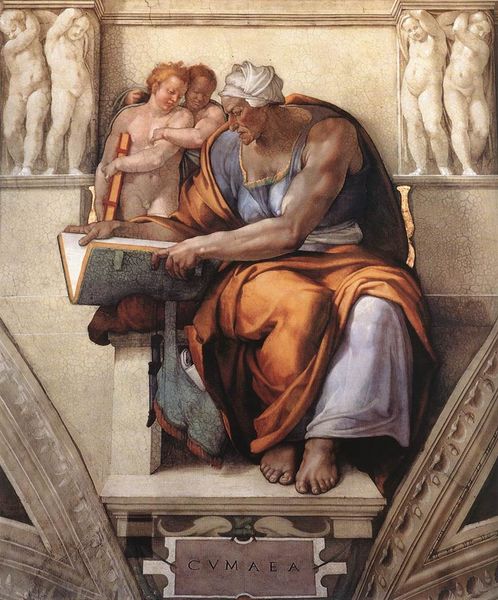Sistine Chapel Ceiling: The Persian Sibyl 1511
🔒Audio guide available with collection purchase
painting, fresco, mural
#
portrait
#
high-renaissance
#
painting
#
sculpture
#
figuration
#
fresco
#
oil painting
#
christianity
#
history-painting
#
italian-renaissance
#
mural
#
statue
Dimensions: 400 x 380 cm
Copyright: Public domain
Comments
No comments
Be the first to comment and join the conversation on the ultimate creative platform.

